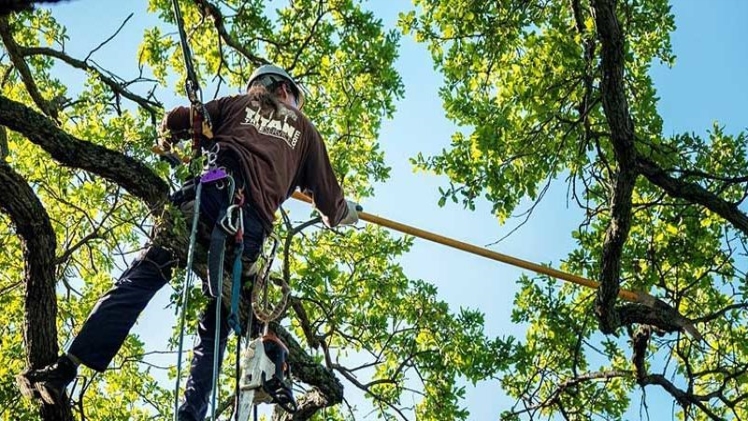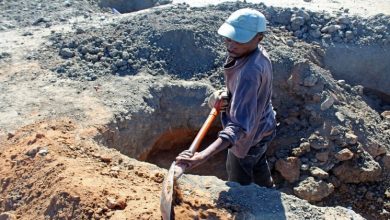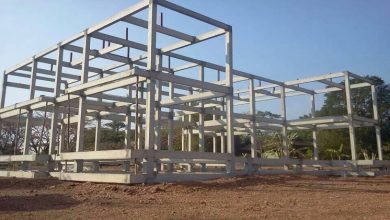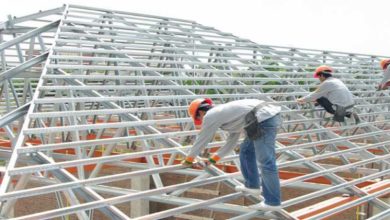What to Know About Tree Trimming

By trimming trees correctly and annually, it is necessary to ensure that each leaf blade is in the sun for at least half a day. Since a leaf growing in the shade produces ten times less glucose than a leaf in the sun, this affects the development of the plant as a whole. In addition, a leaf in the shade dries out more slowly after rain and is more susceptible to various pests and diseases.
Most often, they resort to a sparse-tiered method of crown formation. With this method of formation in one tier of a tree, leaving no more than 3-4 skeletal branches is recommended. Not only that, there are many things you need to know for trimming trees properly. To get basic ideas about trimming trees, you can read this guide from top to bottom or visit this www.oahutreetrimming.com site, where you can hire professional tree trimming services.
The main types of tree trimming:
Based on the needs of plants at different periods of life, there are several types of pruning of representatives of your landscaping:
Anti-aging trimming: It is used to replace old branches with healthier and younger ones.
Sanitary trimming: This most commonly used type of care removes broken, dry, diseased branches that are not viable. It also includes the removal of shrunken stepsons and tops, hemp from previous pruning, made incorrectly.
Thinning trimming: This type of maintenance is necessary to reduce the wind load.
Structural trimming: Structural trimming is targets oppressed subdominant trunks.
Additional types of trimming:
For most garden trees, additional specific types of trimming are used:
Topiary trimming: Promotes creativity in creating incredible tree crowns. Hedges also delight the eye with unusual shapes after the application of topiary pruning.
Reinforcing trim: It is necessary to activate the flowering of fruit and berry species.
Forming trimming: It is applied to young plants as healing and shaping of the desired structure.
If you are not one of the professionals in arborists or landscape design, then it won’t be easy to make an independent decision on the choice of the type and time of trimming for each crop. It is more reasonable to use the services of knowledgeable professionals with significant experience in carrying out such work. After all, your inappropriate desire to save a little can entail much more significant losses both in money and in time.
What is the purpose of tree trimming?
Whenever we prune fruit trees, they should all have as their primary purpose to promote fruit production. In this case, it is not as strict as in the case of the widely grown fruit tree, but some fundamental problems need to be addressed to improve development:
- Trimming should mainly favor the ingress of light and air into the piece of glass. This means that only branches remain, which serve as guides and are necessary to maintain the structure.
- Fruiting plants need to obtain a balance between the floral and vegetative parts through pruning.
- With all pruning, it must remove old branches and shoots. They are usually long branches with a slight woody texture and few vertical buds. Usually, the bud grows next to the cut or on the sides of thick branches.
- The ultimate goal of pruning fruit trees is good fruit picking. To do this, you can prune the thicker branches that have grown or bend, the more flexible branches to slow down the circulation of the sap and produce more flower buds.
Tools to use for tree trimming:
As you might expect, in all cases where we are going to prune trees, we need tools that will allow us to make clean cuts without breaking branches. To do this, we need the instruments to be completely sharp, and after use, they need to be cleaned, disinfected, and lubricated to last better and give the best results. Disinfecting tools after use is vital to prevent disease transmission between plants. Even if your tools are active, it is essential to clean them with ethyl alcohol or 50% water and bleach.





